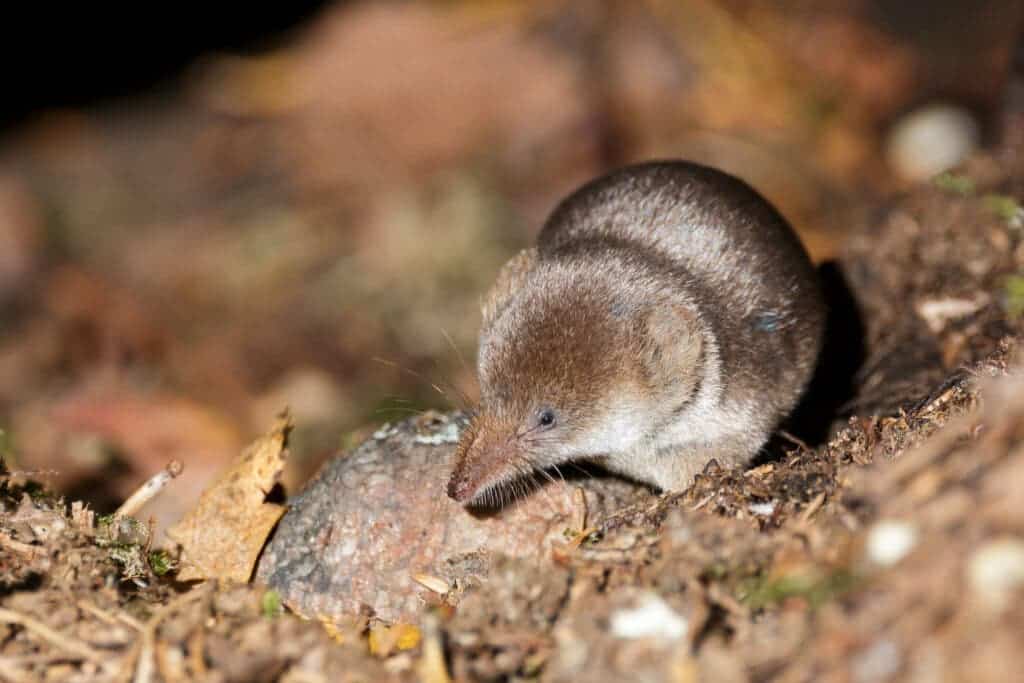Three years after the discovery of COVID-19, scientists have identified a new virus that was likely transmitted to humans after it first infected animals. The novel Langya Henipavirus, known as Langya, was first detected in the northeastern provinces of China in late 2018 but was only formally described by the scientific community last week.

Langya so far doesn’t appear to be as deadly or spreading as fast as COVID-19. Based on data from Taiwan’s Centers for Disease Control (CDC), the virus has already infected 35 people – none of whom have become seriously ill or died. Fatigue was the most common symptom, alongside fever, cough, muscle pain, nausea and loss of appetite.
A peer-reviewed study published last week detailed the discovery of the Langya virus. The researchers, based in China, Singapore, and Australia, didn’t find evidence that the virus was transmitted between people. However, they suggest that shrews, small mammals that live on insects, could have hosted the virus before it jumped to humans.
Another potential zoonotic spillover
The first sample of the virus was detected in late 2018 from a farmer in the Chinese province of Shandong who was seeking treatment for a fever. More recently, 34 people were found that have been infected in Shandong and the neighboring province of Henan, most of them being farmers, the researchers wrote.
Genetic sequencing of the virus showed that the pathogen is a member of the henipavirus family, which also has other five known viruses. Two are considered highly virulent and are linked with high case-fatality rations, according to the US Centers for Disease Control and Prevention. But none of the registered Langya patients has died.
Of the 35 identified patients, 26 were infected only with the Langya virus. All had a fever, with half showing fatigue, lower white blood cell count and cough. Some had more severe symptoms such as impaired liver functions. Researchers tested 25 small wild animals for the virus but it was “predominantly detected” in shrews. About 27% of shrews tested positive for the virus, but also 5% of dogs and 2% of goats.
The study didn’t indicate common sources of exposure among the infected, who weren’t in contact with one another. This suggests that human infection happened in a “sporadic” fashion, the researchers wrote. The Taipei Times said the virus hasn’t spread from human to human yet, though CDC officials said this could change.
The Taiwan Centers for Disease Control (CDC) said it would implement genome sequencing and surveillance measures for the virus. Chuang Jen-hsiang, deputy director general of the Taiwan CDC, said in a press briefing that the agency was exploring routes of transmission and would collaborate with the agriculture council.
University College London biology professor Francois Balloux told The Washington Post the Langya virus doesn’t appear to “look like a repeat of Covid-19 at all.” He said the new virus is less dangerous than other henipaviruses and likely doesn’t transmit easily from human to human. But it should be a reminder of the risk of zoonotic spillovers, he said.
The US CDC estimates that three out of every four new or emerging infectious diseases in people come from animals. The UN had previously warned that the world would see more of such diseases because of climate change and the increased exploitation of wildlife. Some zoonotic diseases can be fatal to humans, such as the Hendra virus in Australia.






